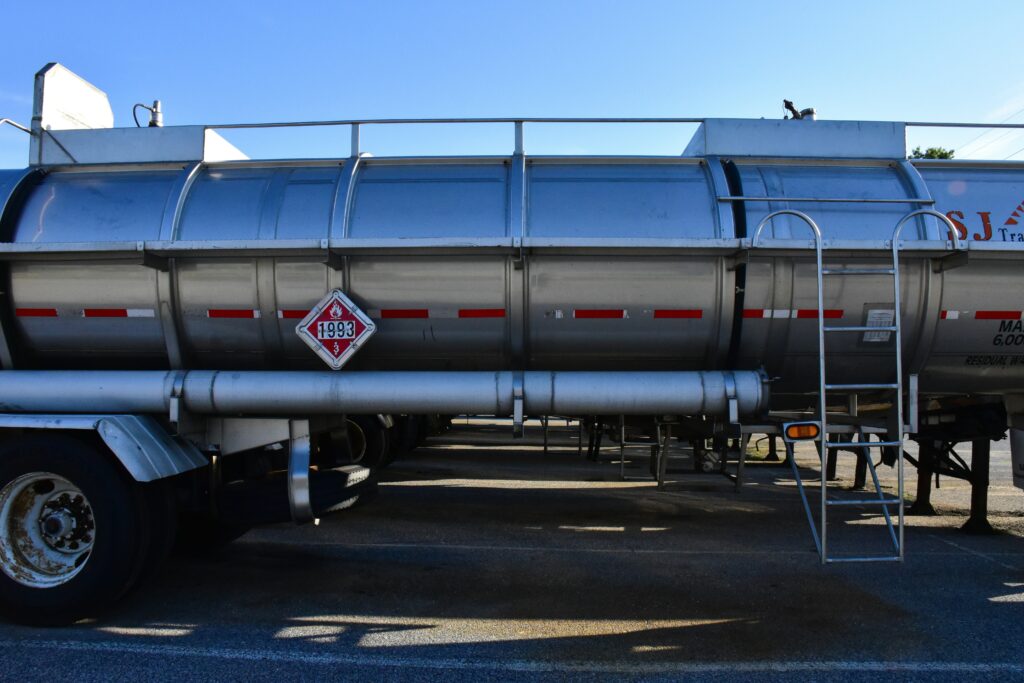European natural gas prices have climbed sharply in November, with the Dutch Title Transfer Facility (TTF) benchmark rising 16% to €46 per megawatt-hour (MWh). This marks a significant recovery from February’s three-year low of €25/MWh and reflects the region’s ongoing energy challenges.
A cold snap across Europe and parts of the U.S. has driven up heating demand, while reduced wind power generation has increased reliance on gas-fired power plants. These factors have pushed storage levels below the five-year average for the first time in 2023.
Geopolitical tensions further exacerbate the situation. Gazprom’s recent suspension of supplies to Austria and the impending expiration of a key Russia-Ukraine pipeline agreement threaten supply stability. Despite Russian pipeline gas now accounting for only a fraction of Europe’s total demand, any disruptions during peak winter months could stretch infrastructure to its limits.
Goldman Sachs has revised its 2025 TTF price forecast upward to €40/MWh and warns prices could spike to €77/MWh in extreme scenarios, such as LNG delays or heightened Asian demand. These higher costs risk undermining Europe’s economic recovery by inflating energy prices for households and industries, while increasing pressure on policymakers to accelerate the shift to renewable energy sources.
While prices remain far below the historic highs of summer 2022, the current surge highlights Europe’s ongoing vulnerability to supply disruptions and extreme weather conditions.
